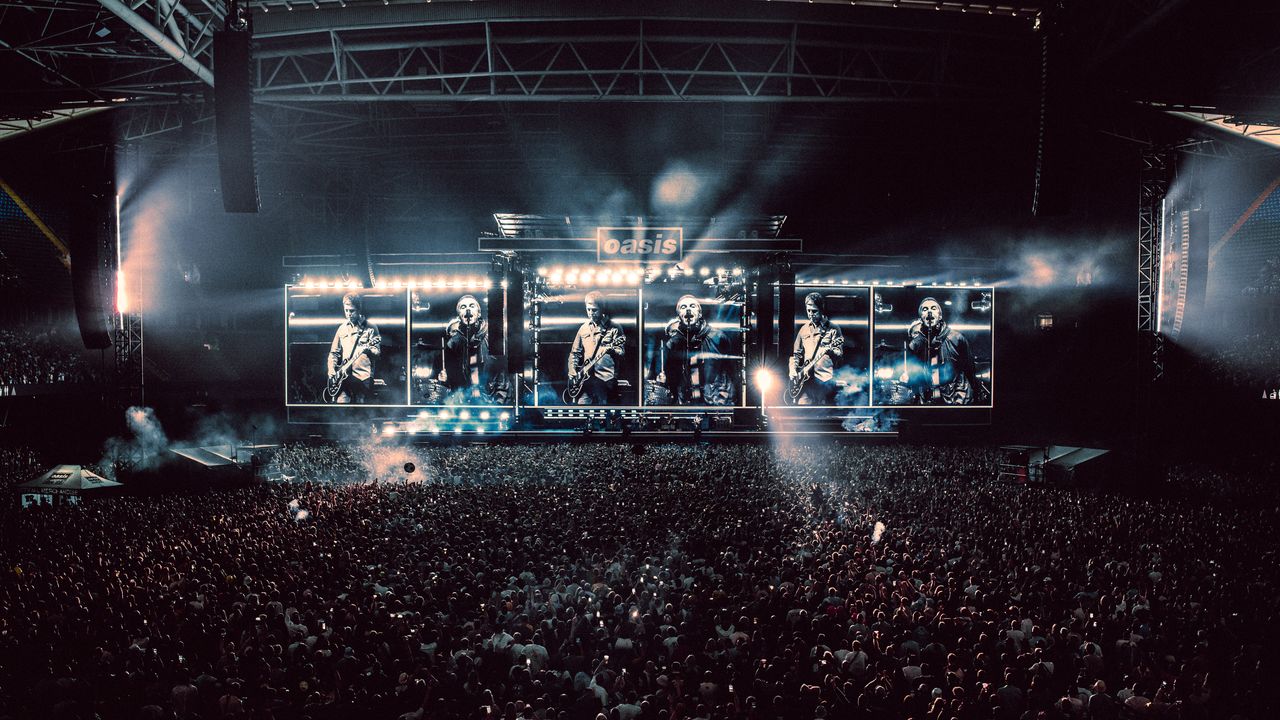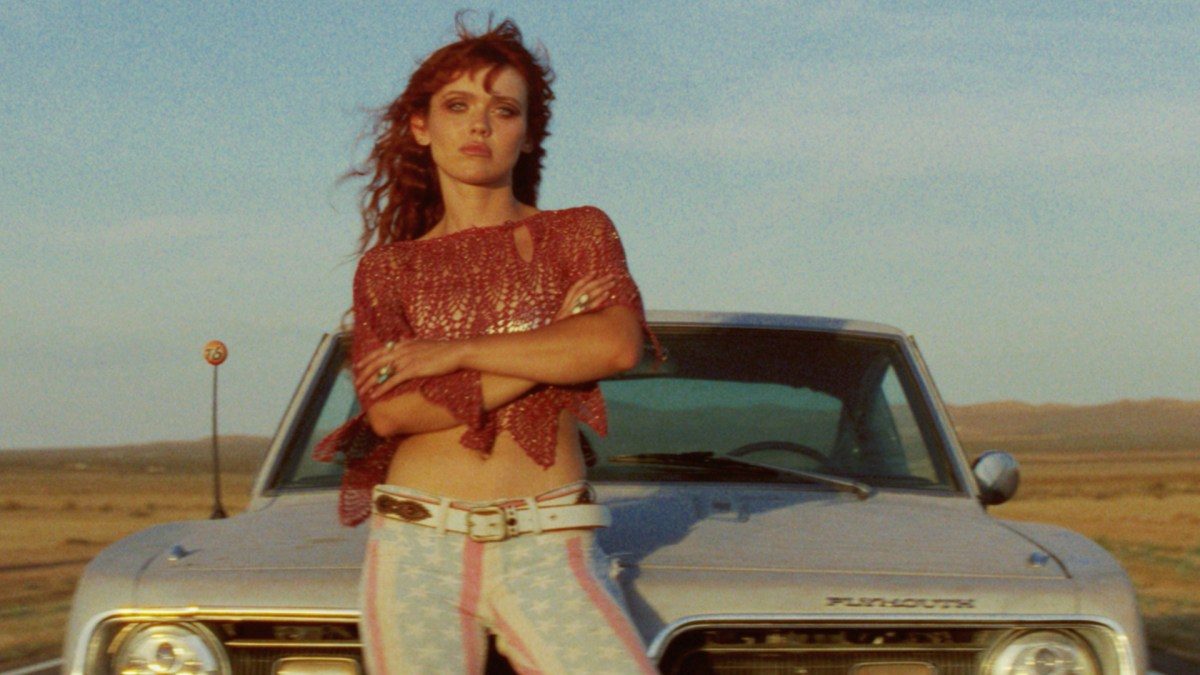
Experiencing a rock concert today is as much a visual experience as it is an aural one and a good photograph of an artist at a peak moment can become as much of a classic as a hit song. From Elvis Presley’s debut album to the “Clash’s” London Calling album, the covers are peak live performance shots letting you know what to expect when you play it. When you read a concert review it’s always more satisfying to see an actual photograph taken at the event to accompany the text. Record companies usually have stock performance images of the artists that they represent in case they are needed. The classic performance images taken by rock photographers like Henry Diltz, Elliott Landy, Jim Marshall and Baron Wolman are as famous as the rock stars that they captured on film.
Today most photographers aren’t using film cameras anymore in favor of digital ones. Digital cameras have the capability of recording better quality images under low light conditions than any film camera could. Film cameras are limited to no more than 1600 ISO light sensitivity unless you didn’t care about excess grain and pushed your film to 3200 ISO. Today’s digital cameras can be set at 25,600 ISO which is triple to quadruple the speed of a film camera. This allows you to shoot at a faster shutter speed to stop action and eliminate blurring unless you want some for effect. At the same time you can also increase your depth of field by closing down your F/stop to get more of the subject in focus, especially if you are shooting from the side.
Buddy Guy photographed by Bob GersztynDepending on whether the venue has a barrier between the audience and the stage for a photo pit or not will determine how you shoot. The standard rule for almost all concert photo shoots is three songs and no flash and that includes the focus light so shut it off before the event. If the venue has a balcony it’s a good idea to shoot at least one song from up there and in some cases it could be the only place that you can get any decent shots from. If there is a pit you can move from one side to the other and even center stage. If there is no photo pit you will have to stand at the front of the stage until the show begins and after you get your shots sit down if you want. Otherwise, you can try to shoot from the sides or if there are aisles stand in them.
To help get above the crowd bring a collapsible step. To stabilize the camera and avoid any camera shake use a collapsible monopod if the situation requires it. If the lighting is good you can lower your ISO to 64,000. It’s best to shoot in Shutter Priority after you’ve determined the best shutter speed at wide open aperture. You never want a shutter speed of less than 1/30 second and ideally 1/60 or 1/125 unless you want to get blur.
The best lenses to use are the fastest ones but the standard of all serious concert photographers is an F/2.8 80-200 mm telephoto zoom lens. If you’re using two cameras the second one will have a wide angle F/2.8 24-105 mm zoom otherwise just swap lenses on your single camera body half way through your three songs. Try to get everything from full stage with audience shots from the balcony to tight head shots with the telephoto from the pit. Make sure that you photograph every band member because even if you don’t know who they are the drummer, bass player or keyboardist may be as important as the front man. To get the best photographs of drummers and keyboardists you have to either have stage access or shoot from the balcony looking down.
Bring a small flashlight to find what you need in your camera bag in the dark. Make sure that your battery is fully charged before the show. Set your camera to the largest file in the “Fine” Setting and if you have Photoshop to open “RAW” files set that as well. Make sure that your photo card has enough room on it. It’s a good idea to check over your camera setting before the show because digital cameras are computers and they sometimes change settings without your knowledge because you accidentally pressed the wrong button.
Right now concerts aren’t happening because of CORONA but sometime in the near future they will resume. So in the meantime if you would like to learn more about concert photography read my ebook “In Front Of The Front Row” available on both Smashwords Smashwords – In Front of the Front Row – a book by Bob Gersztyn as well as Barnes and Nobles Bob Gersztyn | Barnes & Noble® (barnesandnoble.com) websites.
Original ArticleTop Categories
Recent News
Daily Newsletter
Get all the top stories from Blogs to keep track.




